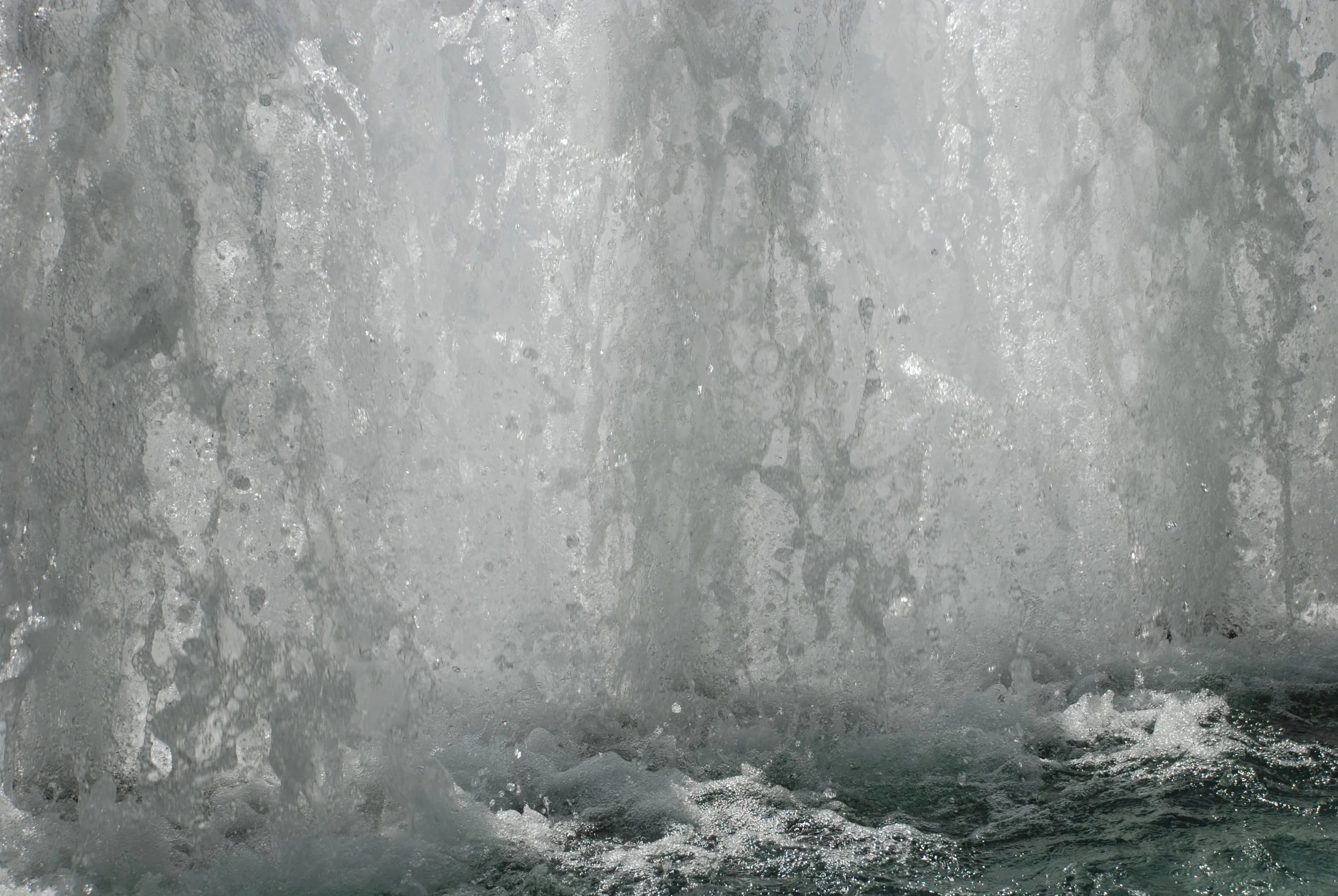Societies have generally considered groundwater to be a renewable resource. This has been demonstrated by water strategies that treat groundwater as a primary source or a back up source of water when surface water is not available. A recent study has quantified the degree of renewable groundwater that is available in the world. There is only 350,000 cubic kilometers of water less than fifty years old. You can find approximately 6% of groundwater within the topmost 6,300 feet of the mantle that is renewable within a single human lifetime.
No wonder the Ogallala aquifer, the aquifers beneath the Central Valley of California, the Denver Basin and so many other locations are experiencing severe declines in aquifer water levels. These old aquifers filled with water during long time periods when glaciers were melting over 10,000 years ago. Today conditions are different.
Today’s drier climates don’t provide enough water for recharge back into deeper aquifers. We need to match our water demand to what the aquifer actually receives each season, naturally and mankind enhanced. These regions require a different kind of water strategy; percolation fields and other artificial recharge systems that enhance natural groundwater recharge.
Groundwater is renewable in certain regions like mountainous areas of the Sierras, CoastalRange and Cascades in California or the Rockies of the western U.S.. Knowing this suggests different water strategies for different ages of groundwater. Operation Unite® outreach programs are designed to support these more renewable areas. The best part is Operation Unite® engages the water user into the management solutions; bringing people together to solve water problems.








